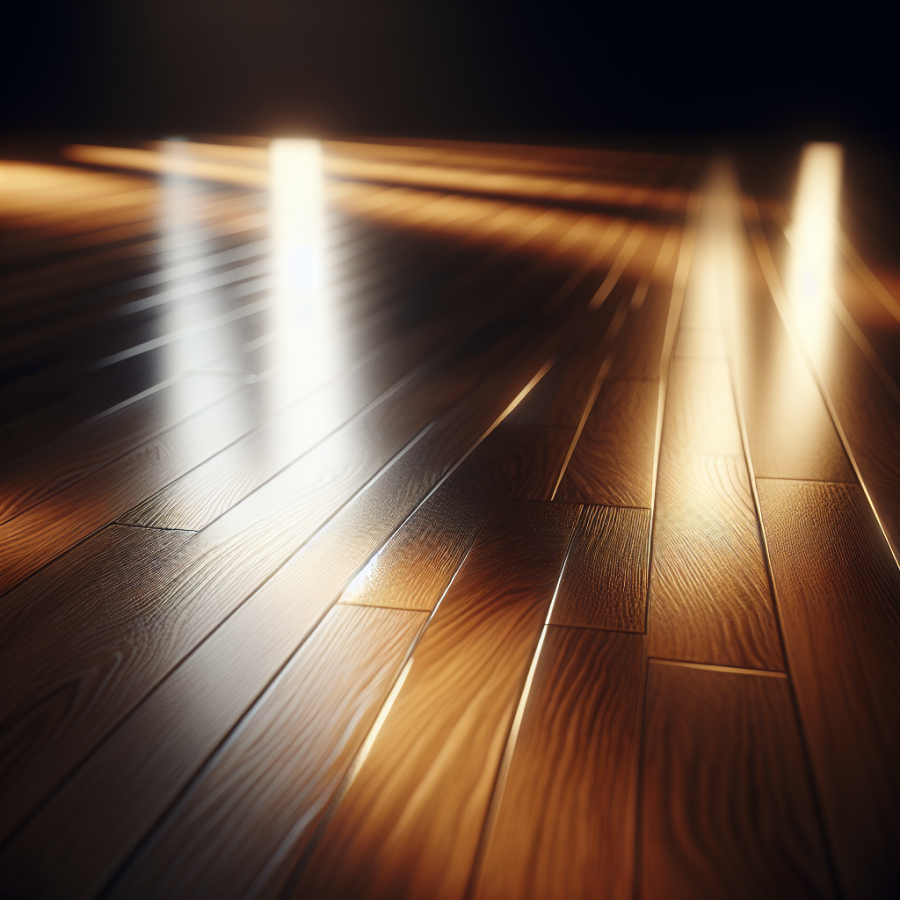Exploring Eco-Friendly and Sustainable Flooring Options
Flooring plays a pivotal role in the overall aesthetic, comfort, and sustainability of modern homes. As homeowners become increasingly eco-conscious, the demand for flooring options that are both stylish and environmentally responsible has surged. Exploring eco-friendly and sustainable flooring options is not just about following a trend; it's about finding innovative solutions that contribute to a healthier ecosystem and provide long-term benefits.
One of the leading options in sustainable flooring is bamboo. Bamboo floors are known for their durability and strength, which rival traditional hardwoods. Since bamboo is a grass that regenerates much faster than trees, it offers a rapid renewal resource that is both sustainable and biodegradable. The production process of bamboo flooring has minimal impact on the environment, requiring no pesticides or fertilizers. Furthermore, advancements in bamboo flooring technology have expanded its range of styles and finishes, making it a versatile option for any modern home.
Another excellent choice for environmentally-conscious homeowners is cork flooring. Cork is harvested from the bark of the cork oak tree, which naturally regenerates every eight to ten years, making it a highly renewable resource. Cork floors provide natural insulation, reducing energy costs in the home. They also offer sound-dampening properties, a comfortable cushioning underfoot, and are inherently antimicrobial, which is beneficial for indoor air quality.
Recycled flooring materials also make for innovative and eco-friendly options. Recycled glass tiles, for instance, provide a unique visual appeal while repurposing material that would otherwise end up in landfills. Similarly, rubber flooring made from recycled tires is gaining attention for its resilience and shock-absorbent properties, ideal for playrooms or home gyms.
Engineered hardwoods represent an approach that satisfies the desire for traditional wood flooring while reducing the impact on forests. These floors use a thin veneer of hardwood over layers of high-quality plywood or recycled wood fibers, minimizing the use of slow-growing trees. Not only do they require fewer natural resources to manufacture, but they also provide the same warmth and elegance as solid hardwood floors.
Lastly, the innovation in linoleum flooring has reawakened interest amongst those seeking sustainable options. Modern linoleum is made from natural materials such as linseed oil, wood flour, and jute. It's fully biodegradable and does not emit volatile organic compounds (VOCs), improving indoor air quality. With a broad spectrum of colors and designs available, linoleum can fit seamlessly into the contemporary home’s aesthetic.
Read also:
Calculating Space: How Many Golf Balls Can Actually Fit in a School Bus?"
Advancements in Smart Flooring Technologies for Enhanced Home Living
The realm of smart flooring technologies has undergone significant advancements in recent years, all crafted to enhance home living by offering convenience, energy efficiency, health monitoring, and even generating renewable energy. These cutting-edge flooring solutions are an embodiment of modern ingenuity and are becoming integral components of the contemporary smart home ecosystem.
One major innovation in the field of smart flooring is the development of energy-harvesting floors. These floors are designed with piezoelectric materials that can convert the kinetic energy from footsteps into electrical energy. This allows homeowners to power their smart home devices and lighting systems with the energy produced by their daily activities, turning their homes into a source of renewable energy and contributing to a reduction in the overall energy footprint.
Another significant development is the integration of heating elements within floor materials, which creates radiant floor heating systems. Unlike traditional heating methods, radiant floor heating provides a uniform distribution of heat across the room, which can be more energy-efficient and comfortable. These systems can be easily controlled through smart thermostats, allowing homeowners to adjust temperatures for each room and considerably reduce the home's heating costs.
Health and wellness have also become a focal point of smart flooring technologies. Advanced floors now come equipped with sensors that can track a range of biometric data, including weight changes, footsteps, and potentially even vitals like heartbeat or gait patterns. This type of monitoring can be particularly useful for elderly care, as the system can detect falls or unusual behaviors and immediately alert caregivers or family members.
In the area of aesthetics and functionality, smart floors are also embracing interactive elements. From LED lighting to embedded touch-sensitive controls, these floors can be programmed to display lighting patterns, guide individuals through the home, or even transform into large interactive play areas for children and adults alike. This adds a layer of digital interactivity within the physical space, revolutionizing the concept of traditional flooring.
Moreover, flooring materials themselves are becoming more advanced. Smart sensors can now be embedded within tiles and hardwood, allowing floors to react to environmental changes. For instance, floors can expand ventilation in response to increased humidity levels or tighten up during colder conditions to maintain energy efficiency and comfort.
With these advancements in smart flooring technologies, homeowners are empowered to make their living spaces more adaptive, eco-friendly, and aligned with the dynamic nature of modern lifestyles. As technology continues to evolve, the ground beneath our feet has the potential to become a central pillar of the smart home model, offering an array of benefits that extend well beyond traditional aesthetics and functionality.




